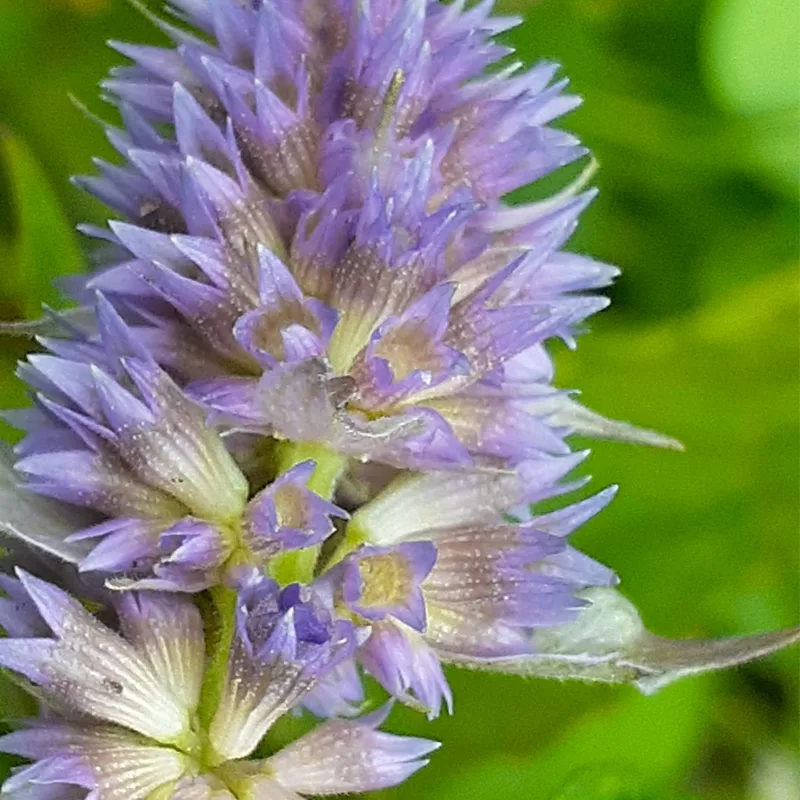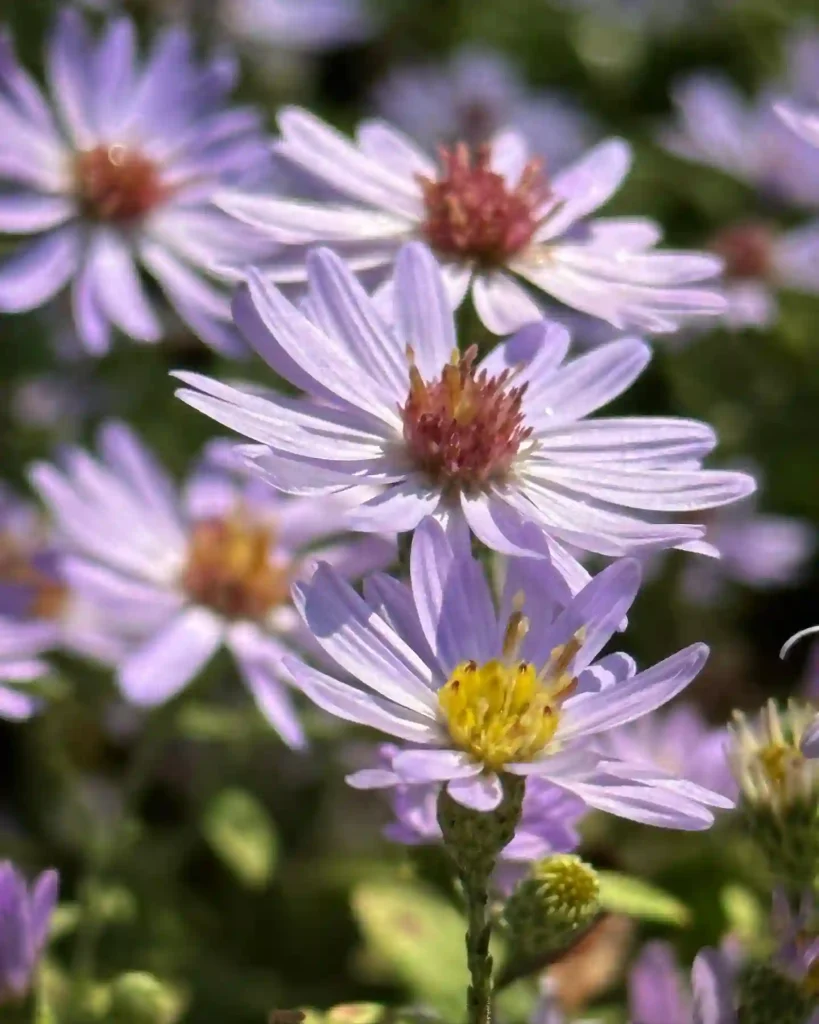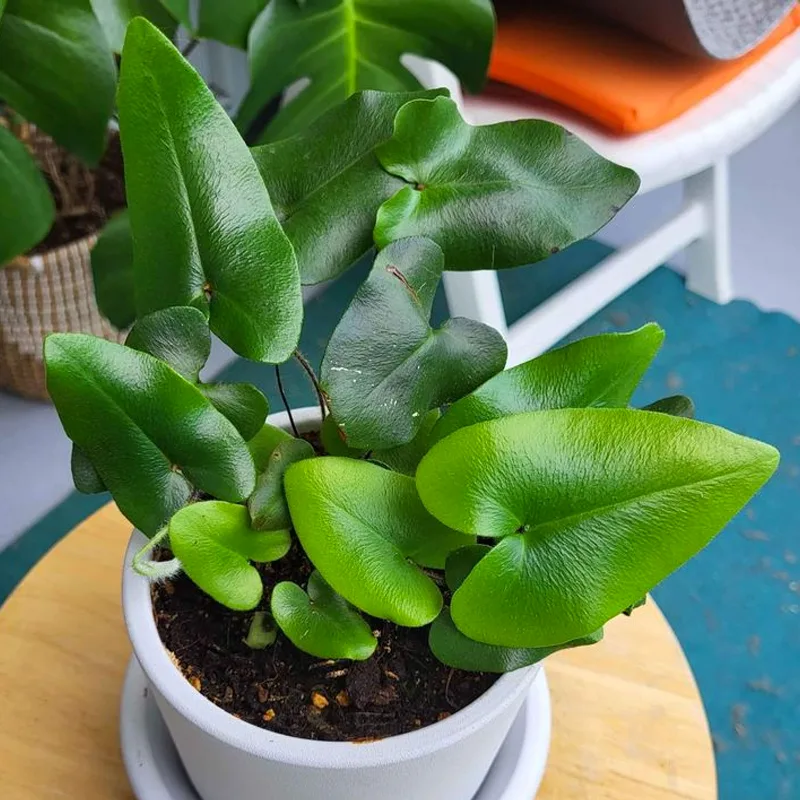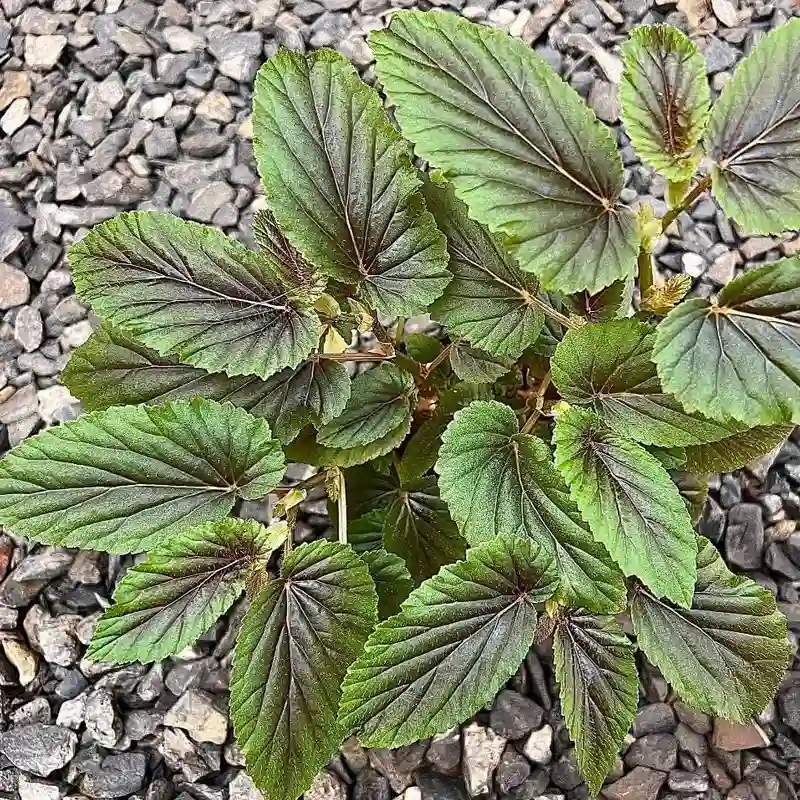
FAQs About Farfugium Gigantea: Everything You Need to Know
As a plant enthusiast, I’ve had my share of experiences with various species, and Farfugium Gigantea, often known as Giant Leopard Plant, is a fascinating one. If you’re considering adding this striking plant to your collection, you might have some questions. Here’s a comprehensive guide based on my own experiences and research.
What is Farfugium Gigantea?
Farfugium Gigantea, commonly called the Giant Leopard Plant, is known for its large, glossy leaves that are often spotted or marbled, giving it a distinctive look. Originating from Japan and Korea, this perennial thrives in shaded or semi-shaded areas, making it an excellent choice for adding lush greenery to less sunny spots in your garden or home.
How to Grow Farfugium Gigantea?
Growing Farfugium Gigantea can be a rewarding experience if you follow a few essential steps. First, this plant prefers rich, well-draining soil. I recommend a mix of peat, compost, and perlite to ensure good aeration and moisture retention.
In terms of location, Farfugium Gigantea thrives in partial to full shade. Direct sunlight can scorch its leaves, so place it where it can receive filtered light. In colder climates, consider planting it in containers that can be moved indoors during winter.
Watering is another crucial aspect. Farfugium Gigantea likes consistently moist soil but not soggy conditions. Water it regularly, especially during dry spells, but ensure that the soil drains well to prevent root rot.
How to Care for Farfugium Gigantea?
Caring for Farfugium Gigantea involves a few key practices. Regularly check the plant for any signs of pests or diseases. Common issues include fungal infections and aphids. Keeping the foliage clean and avoiding overhead watering can help prevent these problems.
Fertilization should be done during the growing season. I use a balanced liquid fertilizer every four to six weeks to keep the plant healthy and vibrant. During the winter months, reduce fertilization as the plant’s growth slows down.
Pruning is also important. Remove any dead or damaged leaves to promote healthy growth and improve air circulation. This also helps prevent potential fungal infections.
How to Propagate Farfugium Gigantea?
Propagation of Farfugium Gigantea can be done through division. In spring or early summer, you can divide the plant by separating its clumps. Each section should have a healthy root system. Plant the divisions in well-prepared soil and keep them moist until they establish.
Another method is by leaf cuttings, though it’s less common. Take healthy, mature leaves, and place them in a pot with a rooting medium. Keep them in a warm, humid environment until they develop roots.
Can You Grow Farfugium Gigantea Indoors?
Yes, Farfugium Gigantea can be grown indoors, making it a versatile plant for various settings. Ensure that it gets bright, indirect light and maintain humidity levels to mimic its natural environment. An indoor humidity tray or occasional misting can help keep the plant happy.
Is Farfugium Gigantea Toxic?
Farfugium Gigantea is not considered toxic to humans or pets. However, it’s always best to keep an eye on pets who might be tempted to chew on houseplants. Even non-toxic plants can cause digestive upset if ingested in large quantities.
What to Plant With Farfugium Gigantea?
Pairing Farfugium Gigantea with other shade-loving plants can create a beautiful garden display. Consider planting it alongside ferns, hostas, or shade-tolerant grasses like Japanese Forest Grass. These companions will complement the lush foliage of Farfugium Gigantea and enhance the overall aesthetic.
Benefits of Growing Farfugium Gigantea
One of the main benefits of Farfugium Gigantea is its ability to thrive in low-light conditions, making it ideal for shaded areas where other plants might struggle. Its striking foliage also adds a touch of elegance and drama to your garden or indoor space.
Additionally, this plant is relatively low-maintenance once established. Its resilience to pests and diseases, combined with its ability to tolerate a range of soil conditions, makes it a great choice for both novice and experienced gardeners.
Common Problems with Farfugium Gigantea
Despite its hardy nature, Farfugium Gigantea can face a few common issues. Overwatering can lead to root rot, so it’s crucial to ensure proper drainage. Yellowing leaves may indicate either overwatering or nutrient deficiencies.
Pests like aphids and spider mites can occasionally be a problem. Regular inspection and appropriate pest control measures, such as insecticidal soap or neem oil, can help keep these issues in check.
How Does Farfugium Gigantea Compare with Other Similar Plants?
Farfugium Gigantea is often compared to plants like Ligularia and Hosta due to its similar foliage and growth habit. However, Farfugium Gigantea tends to have larger leaves and a more pronounced spotting compared to Ligularia. Compared to Hostas, Farfugium Gigantea can tolerate slightly more sun exposure and is generally more tolerant of varying soil conditions.
In summary, Farfugium Gigantea is a versatile and visually appealing plant that can enhance both indoor and outdoor spaces. By following proper care guidelines and understanding its needs, you can enjoy its unique beauty and benefits for years to come.



